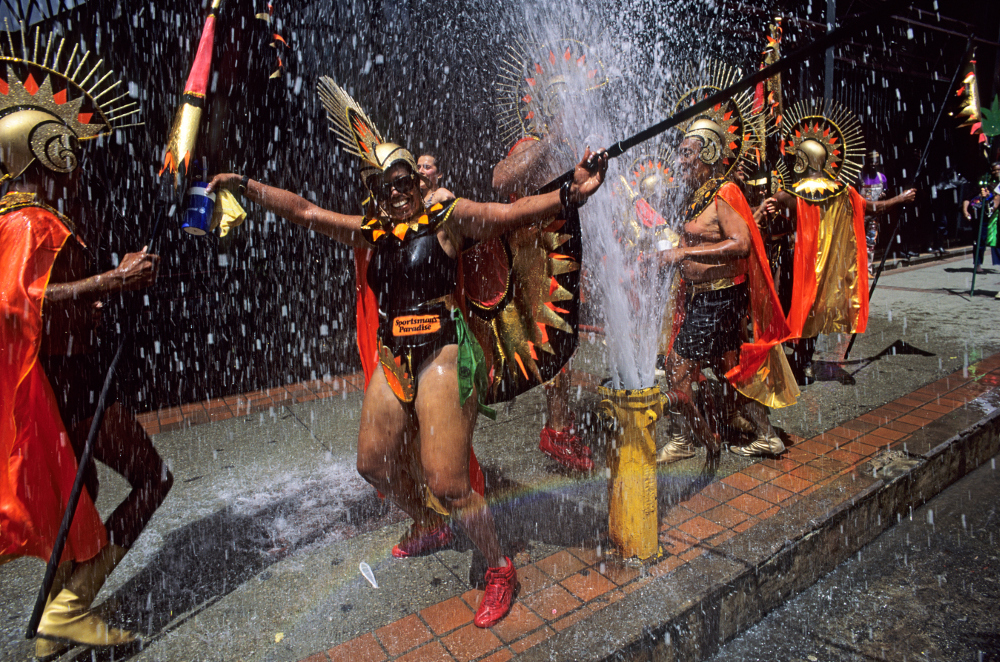Unlike the rest of the world where carnivals are typically held in February on the former British colony of Barbados have morphed into huge events with all the trappings of carnival.

No matter the name or origin, all of these explosions of creative energy share raucous dance, pounding music and flamboyant costumes that combine into one heaving, sweaty orgy of color and sound. And while Caribbean carnivals share much, each has its own flavour. You will need to visit many – if not all – to get the complete picture of what is always the main event on each island's calendar.
Visitors are welcome at all these events and you can fully expect to be swept up in frenetic, hectic riot of it all. So pick your month, pick your carnival and enjoy the celebration.
Trinidad has one of the world's largest carnivals . The celebrations begin up to eight months in advance, with costumes becoming more elaborate and spectacular every year and hundreds of calypso bands preparing their music. Easily the pulsing heart of Caribbean carnival creativity, the island’s sounds are constantly evolving -- you may hear booming rapso . Like many islands, it has a midnight-to-dawn parade that ends with the burning of an effigy – here charmingly called Prince Stupid – to rid the island of evil. Given the island only has 3400 inhabitants, this carnival is almost one-big family reunion. It erupts over the last week of July.
The carnival on the island of St Lucia is one of the Caribbean's largest, as seemingly every one of the 170,000 islanders has a vital role to play in the festivities, which start in late May. The capital Castries shuts down during the third week of July so it can explode in color, song, dance and non-stop revelry.
In Antigua, the abolition of slavery on 1 August 1834 is the root of this suitably free-spirited bash which reaches its wild peak on the first Tuesday in August . Like other carnivals, music is a key component, but on Antigua there is even more of an emphasis on entertaining the jubilant masses island-wide. Bands of all sizes thread their way around the island visiting villages big and small to party before heading to the capital, St John’s, for the final explosion.
Junkanoo, as the party is called in the Bahamas, has its roots in secret West African societies before slavery. Now a fully-fledged carnival in terms of music, dance, colour and costumes, it kicks off on Boxing Day , has been launched by the local tourist industry and is held in May.